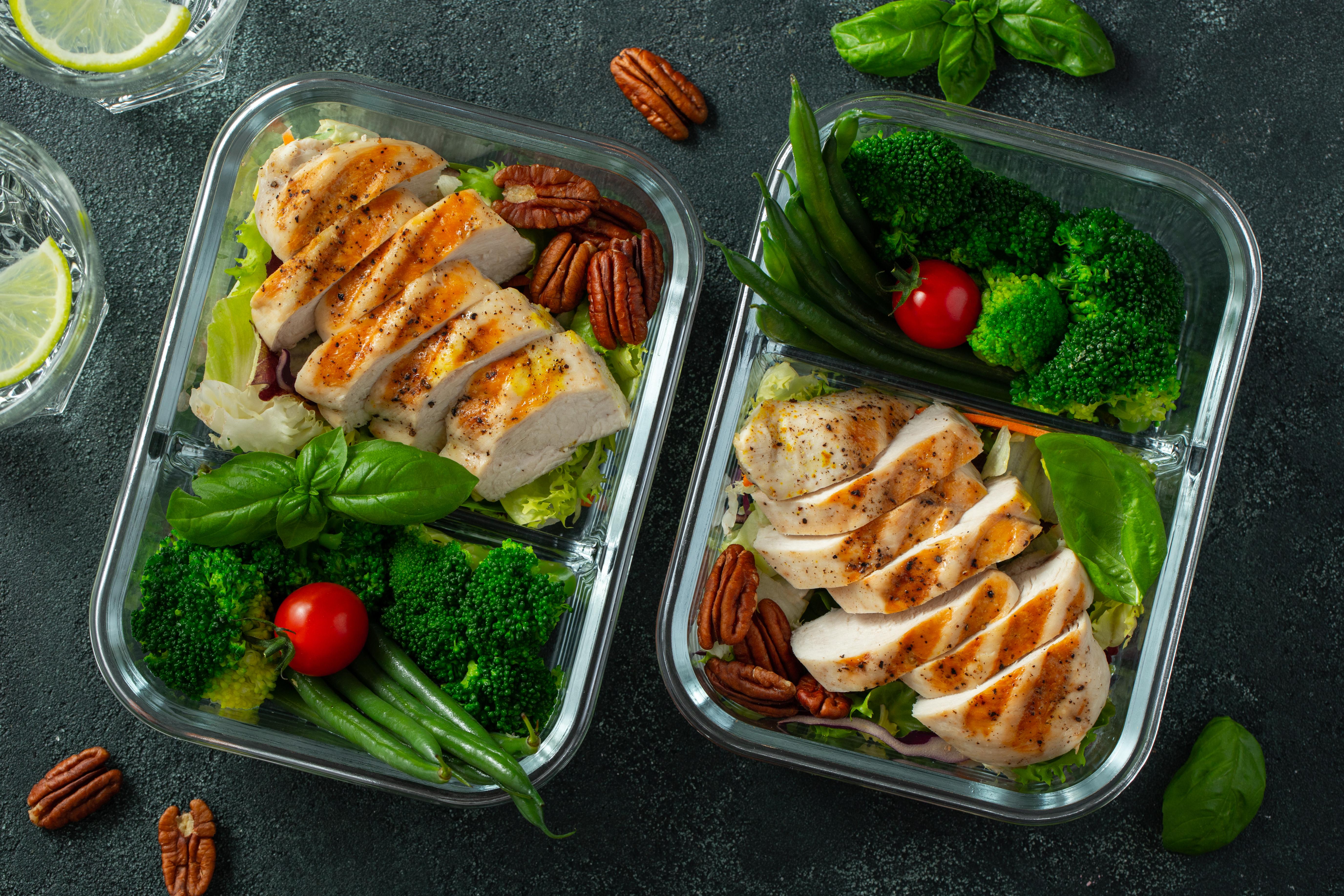Beyond the Scale: A Dietitian's Guide to Understanding Body Composition and Metabolism
Nutrition: Fueling the Metabolic Fire

Nutrition is a cornerstone of metabolic health and body composition. The quality and quantity of food consumed directly affect metabolic rate and body composition. Macronutrients—carbohydrates, proteins, and fats—play different roles in energy production and storage. Proteins are crucial for muscle repair and growth, carbohydrates provide quick energy, and fats offer a dense energy source. Micronutrients like vitamins and minerals are also vital for metabolic processes. A balanced diet that meets individual energy needs and includes a variety of nutrient-dense foods can support optimal metabolism and promote a healthy body composition.
The Impact of Physical Activity

Physical activity is a powerful tool for improving body composition and boosting metabolism. Regular exercise increases energy expenditure, builds muscle mass, and enhances cardiovascular health. Both aerobic exercises, such as running and cycling, and anaerobic exercises, like weightlifting, play important roles. Aerobic exercise improves cardiovascular fitness and burns calories, while anaerobic exercise builds muscle mass, which in turn increases resting metabolic rate. Incorporating a mix of both types of exercise can lead to more comprehensive health benefits, promoting a balanced body composition and a more efficient metabolism.
